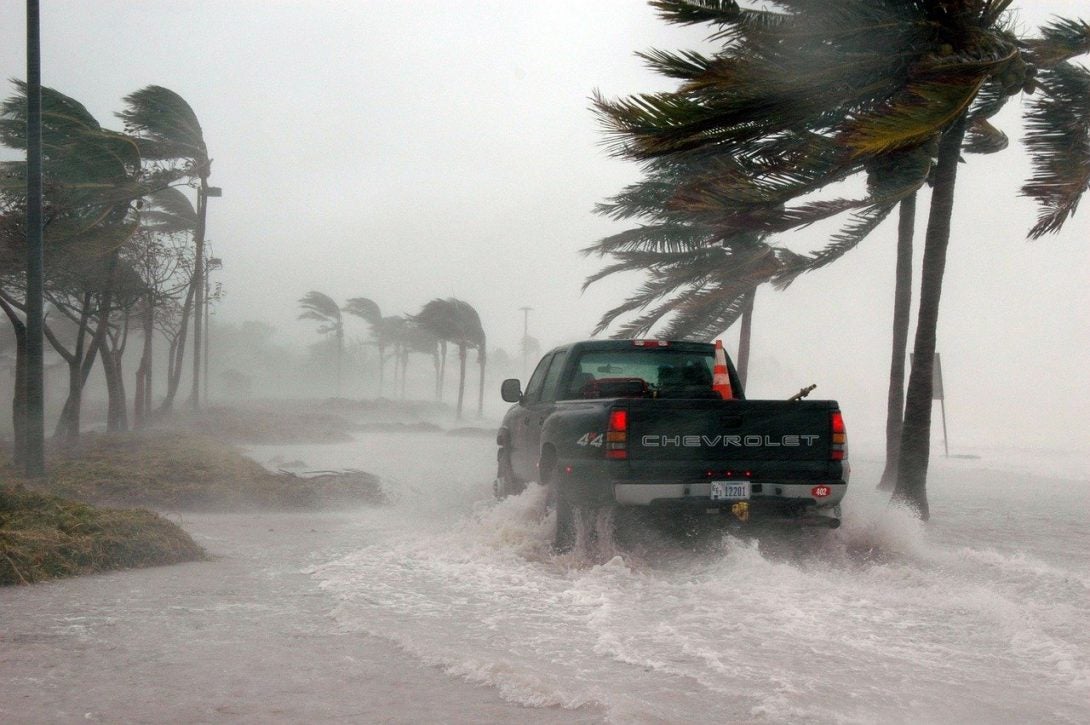Climate change: Extreme coastal flooding events in the US expected to rise
1

Extreme flooding events in some U.S. coastal areas could double every five years if sea levels continue to rise as expected, a study published in Nature suggests. Today’s ‘once-in-a-lifetime’ extreme water levels — which are currently reached once every 50 years — may be exceeded daily along most of the U.S. coastline before the end of the 21st century.
Adjunct Assistant Professor Sean Vitousek and Research Assistant Mohsen Taherkhani, both of UIC’s department of Civil and Materials Engineering, and colleagues at the U.S. Geological Survey, and the University of Hawaii, investigated the frequency of extreme water levels measured by 202 tide gauges along the U.S. coastline and combined the data with sea-level rise scenarios to model the rate at which flooding events may increase in the future.
For 73% of the tide gauges used in the study, the difference in water level between the 50-year extreme water level and the daily average highest tide was found to be less than one metre, and most sea-level rise projections exceed one metre by 2100. The authors’ model predicted that before 2050, current extreme water levels transitioned from 50-year, once-in-a-lifetime flooding events to annual events in 70% of U.S. coastal regions. Before the end of 2100, once-in-a-lifetime extremes were predicted to be exceeded almost daily for 93% of the sites measured.
The data suggest that present-day extreme water levels will become commonplace within the next few decades. Low-latitude areas will be the most susceptible, with their rate of coastal flooding predicted to double every five years. At the most susceptible sites, along the Hawaiian and Caribbean coast, the rate at which extreme water levels occur may double with every centimetre of sea-level rise.
Associated coastal hazards, such as beach and cliff erosion, will likely accelerate in concert with the increased risk of flooding, suggest the authors.